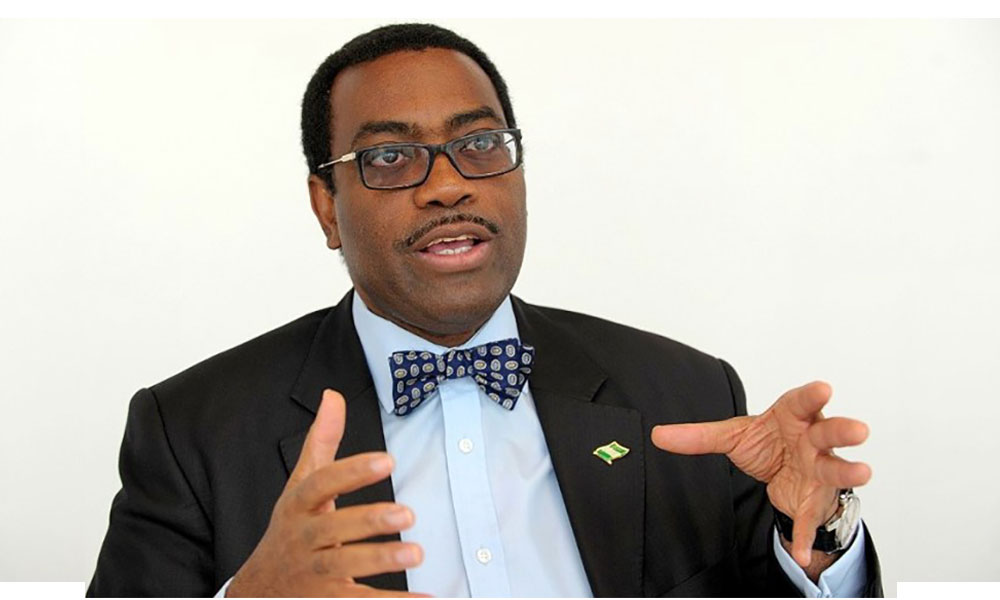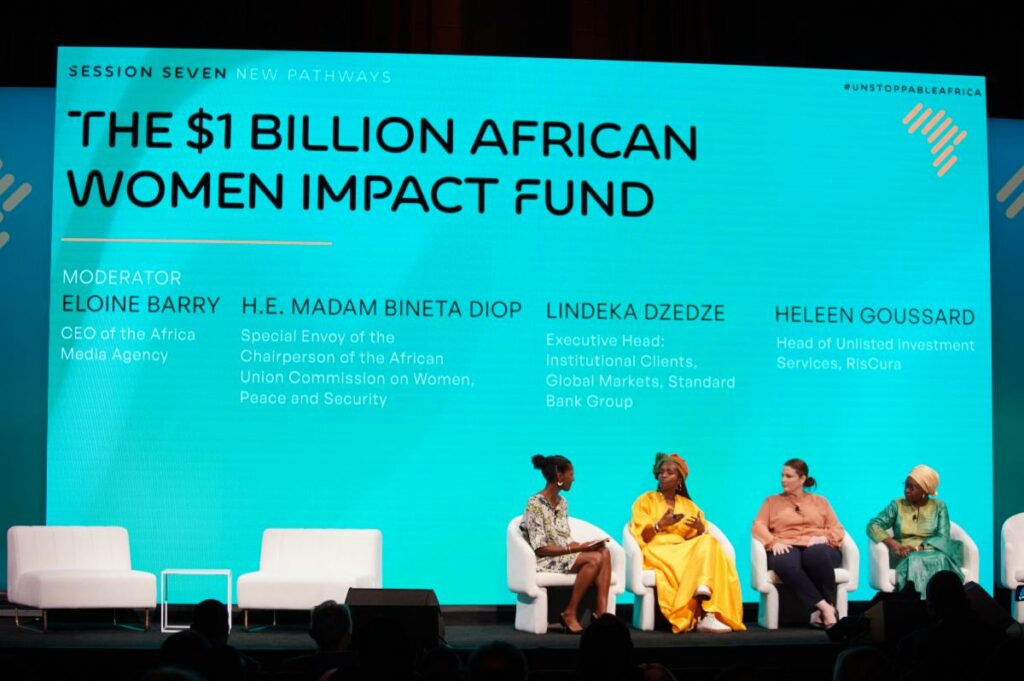The launch of the National Asset Restoration Programme by Vice President Kashim Shettima marks a significant policy shift in Nigeria’s approach to industrial and agricultural revitalisation. Spearheaded by NASENI, this initiative targets the recovery and repurposing of a vast number of public assets that have been neglected, underutilised, or outright abandoned across the country.
For decades, Nigeria’s development has been impeded by a widespread failure to maintain and utilise government-owned machinery and infrastructure. Now, with over 26,000 heavy-duty machines and half a million equipment components identified as broken but serviceable, the government is taking concrete steps to change the narrative. Rather than continuously budgeting for new machinery, the country is pivoting towards restoring what it already owns.
The Vice President, in his remarks, did not shy away from confronting this dysfunction. He described the restoration programme as a long-overdue intervention that acknowledges the waste of public funds and opportunities caused by abandonment. “Enough of investing our scarce resources in projects that get abandoned. Enough of letting our tools lie in waste while the problems they were meant to solve persist,” Shettima declared.
According to him, the implications of asset abandonment extend beyond inefficiency—they deepen poverty, slow food production, weaken industrial growth, and contribute to unemployment. By restoring these assets, Nigeria is not just recovering physical property; it is reactivating the engines of productivity across states and sectors.
The programme, as launched in Borno State, is not a one-off project but a model for nationwide implementation. The choice of BOSAMA Farm Centre is symbolic—it demonstrates the urgent need to equip Nigeria’s agricultural sector with the tools it requires to feed its growing population. With the country needing millions of functional tractors, harvesters, and processing machines to meet future food security demands, restoring idle equipment becomes a practical solution to a pressing challenge.
Shettima also underscored NASENI’s growing reputation as a national innovation hub. He noted that beyond asset recovery, the agency has played vital roles in renewable energy deployment, compressed natural gas conversions, and technology transfers. These achievements, he argued, prove that NASENI has the institutional capacity to lead the asset restoration initiative and serve as a bridge between policy and productivity.
Importantly, the Vice President highlighted the role of ordinary citizens in sustaining the programme. He called on Nigerians to take ownership of the restored assets and ensure their protection and proper use. “These machines are not the government’s alone—they are national property. We must all protect and use them responsibly,” he said.
He further urged state governments, local authorities, private sector players, and civil society organisations to partner with NASENI in expanding the scope of the restoration programme. In his view, this collaborative approach will help ensure that the restored assets are matched to the communities and sectors that need them most.
The broader goal of the initiative is to transform Nigeria into a nation that maximises what it has rather than constantly seeking external solutions. By embedding sustainability and accountability into infrastructure use, the Asset Restoration Programme supports President Bola Ahmed Tinubu’s vision of a self-reliant, inclusive, and innovation-driven economy.
NASENI, established as the federal government’s dedicated agency for developing engineering and science infrastructure, is expected to follow through with detailed asset mapping, prioritisation, and phased restoration. This will involve partnerships with technical institutions, local mechanics and engineers, and original manufacturers to ensure repairs meet safety and performance standards.
In the months ahead, Nigerians can expect to see restored tractors returned to farms, refurbished machines reintroduced to vocational centres, and idle tools reactivated in industrial parks. These steps may appear technical on the surface, but they form the backbone of real economic transformation—one that places local ingenuity, sustainable practices, and long-term planning at the heart of national development.
If executed with the right mix of oversight, transparency, and citizen engagement, the Asset Restoration Programme could be a defining legacy of this administration—turning Nigeria from a country known for abandoned dreams into one recognised for restoring and repurposing its potential.










